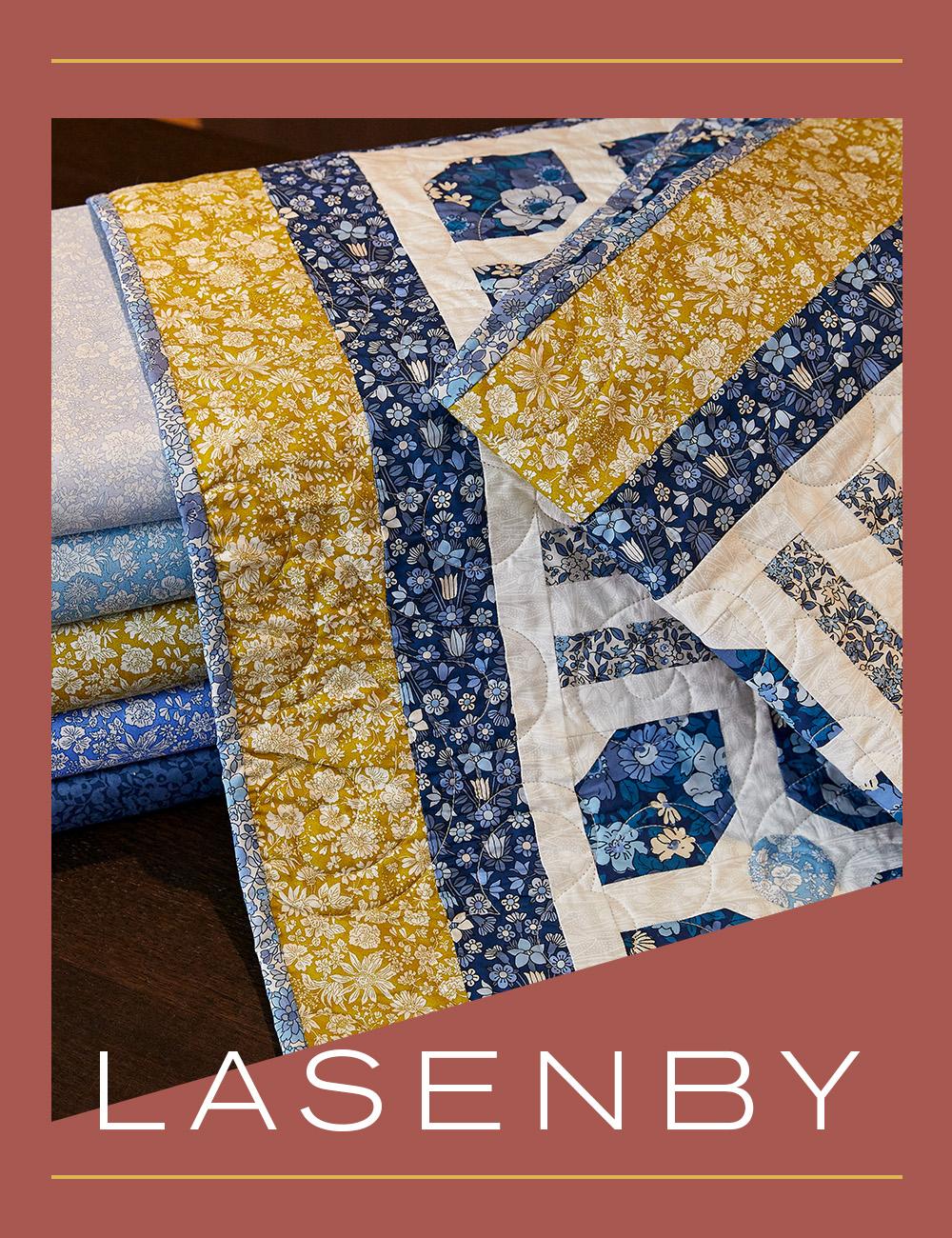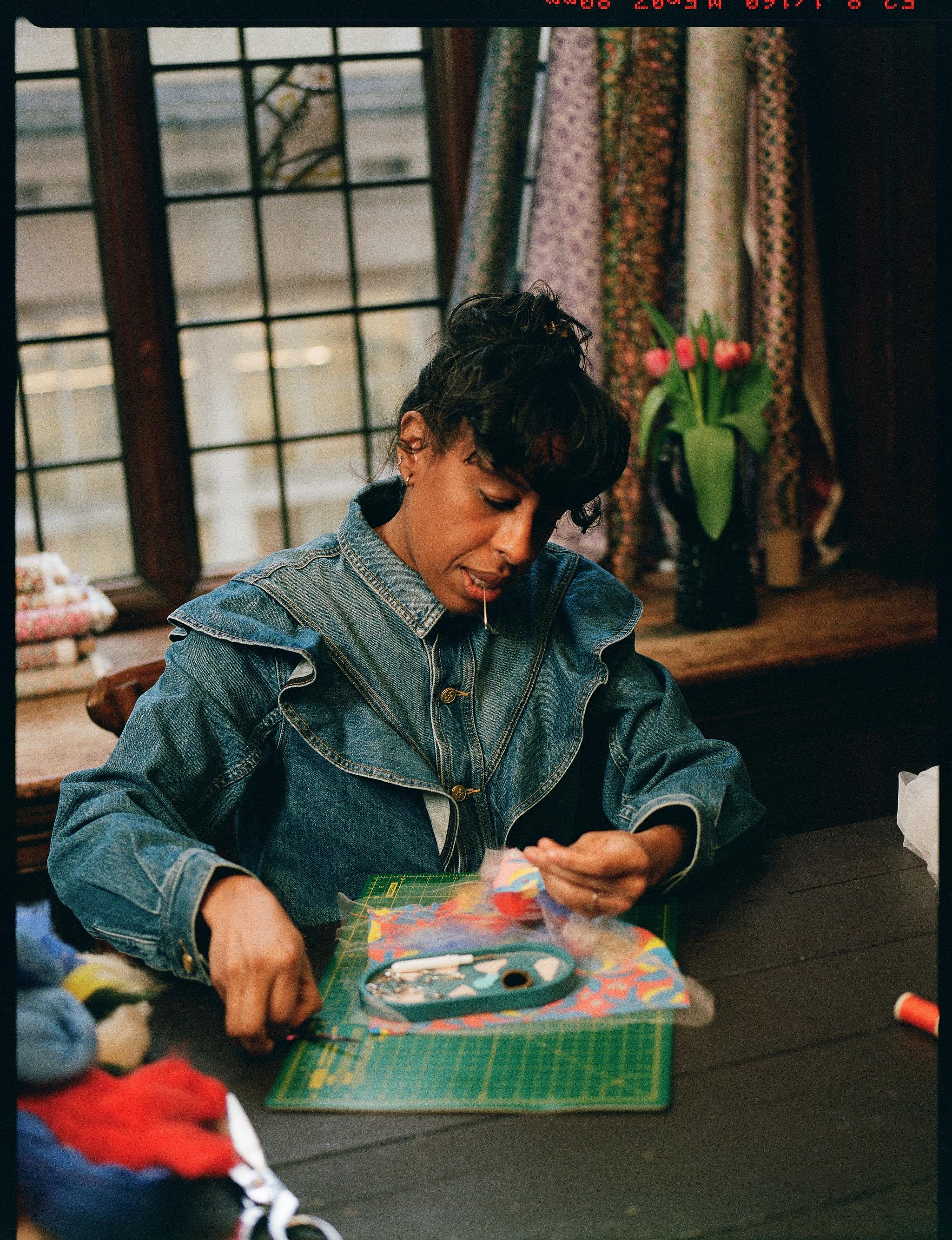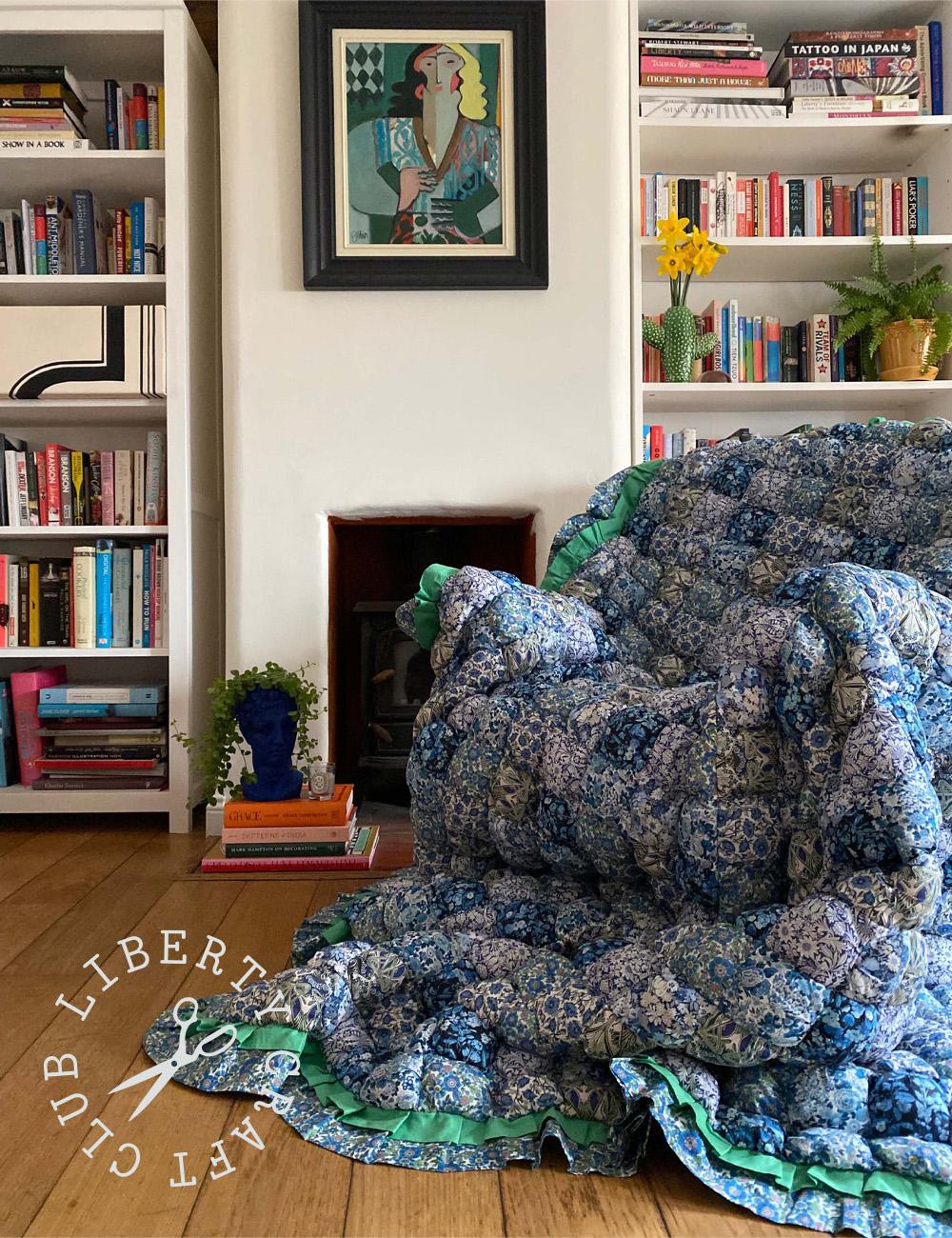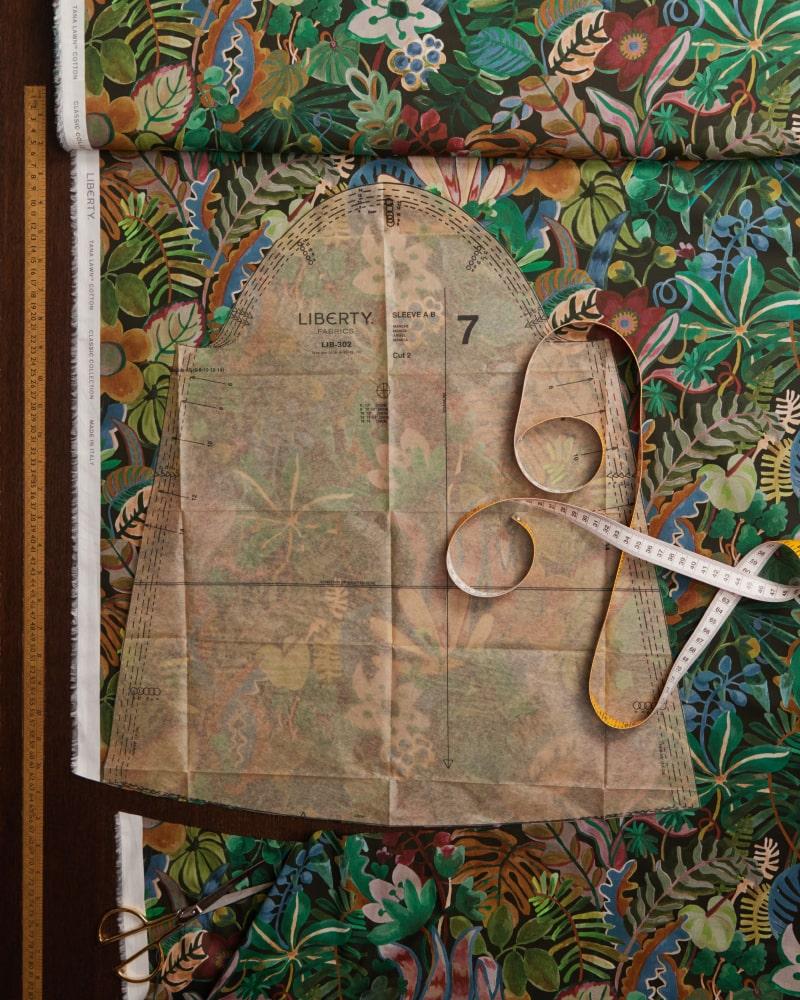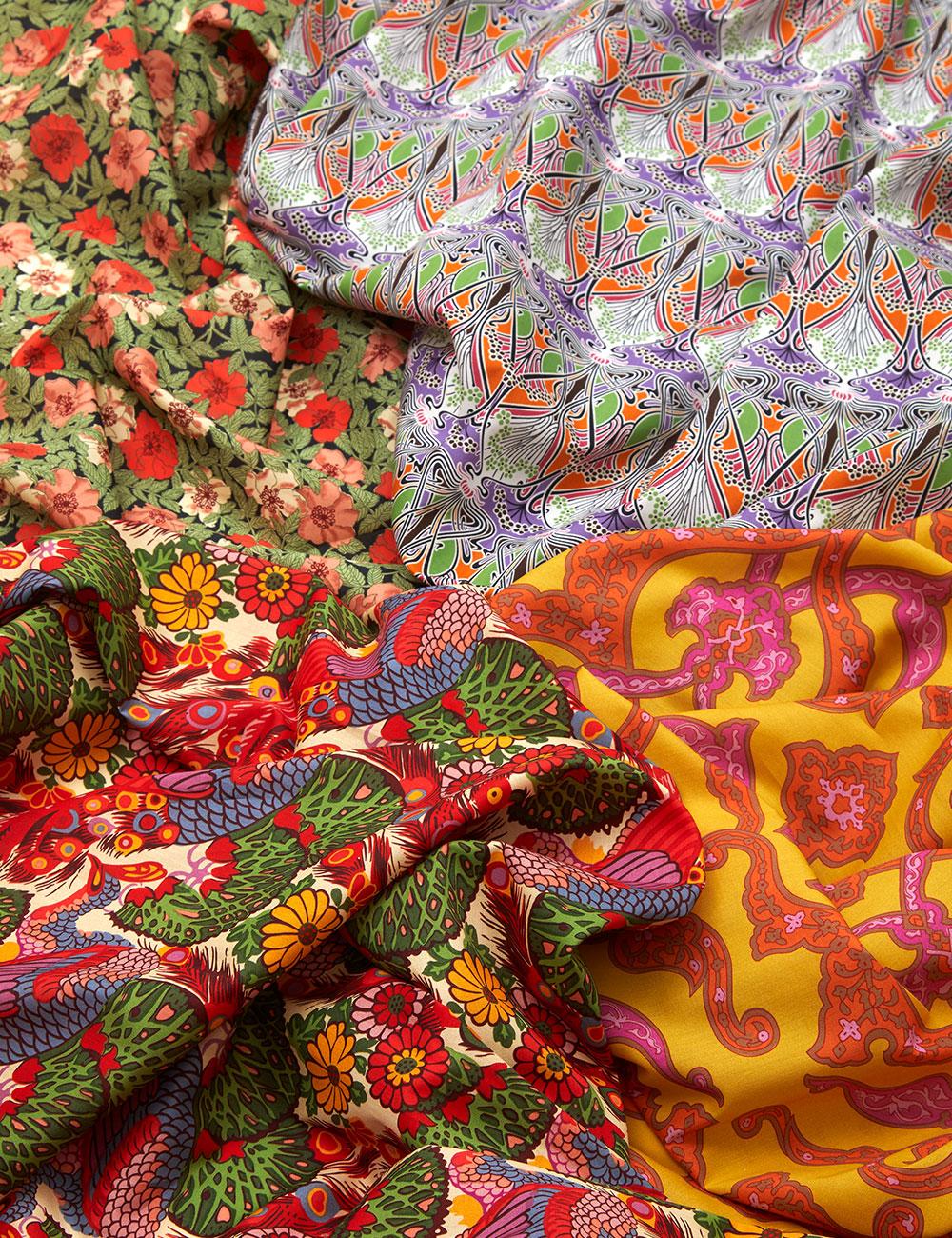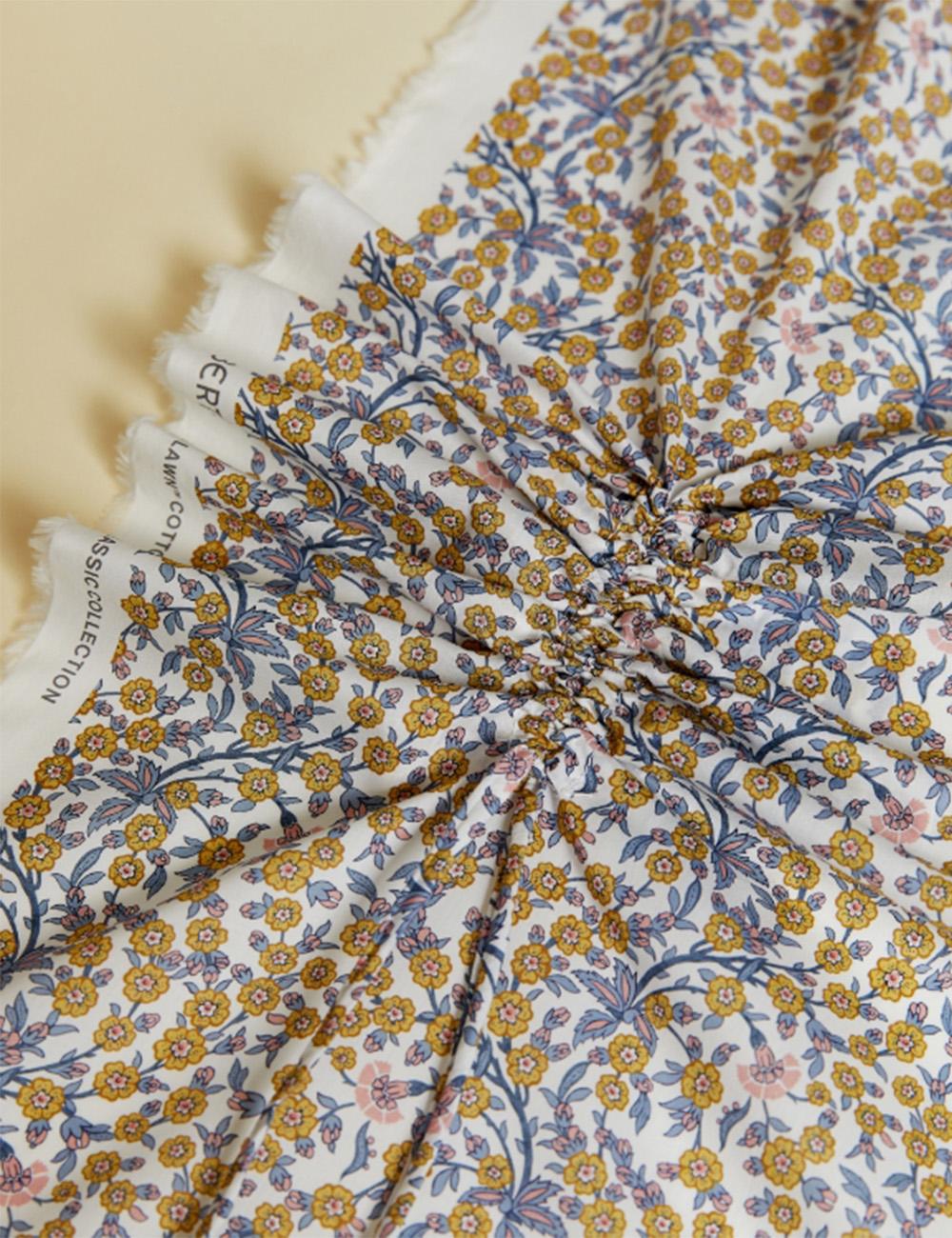
The Sewing Terms You Need to Know
What’s a seam allowance? Selvedge? Weft vs warp? Before you embark on your sewing project, understanding these sewing terms is the key to crafting success
Read more

The Sewing Terms You Need to Know
What’s a seam allowance? Selvedge? Weft vs warp? Before you embark on your sewing project, understanding these sewing terms is the key to crafting success
By: Charlotte Olby
Perhaps you’re looking to embrace sewing as a form of craft therapy, or are a seasoned sewer looking to get serious about dressmaking. Either way, learning how to sew isn’t something that happens overnight. And as if taking up a new craft project isn’t daunting enough, it can also mean learning an entirely new language – all kinds of sewing terms you may have never heard but are suddenly expected to understand and implement. No stress, we’ve got you covered.
Hopefully you’ve prepped yourself with all the sewing kit essentials required, visited our in-store sewing experts on the third floor and got inspired by the latest fabric collections from Liberty Fabrics. But now it's time to study our beginners guide to understanding sewing terms. The more you sew, the more you’ll know!
Liberty’s A-Z Beginners Guide to Sewing Terms
Applique
This comes from the French word ‘appliquer’ which means to apply or put on. To applique is simply to sew one piece of fabric on top of another using a satin stitch (a very tight zig-zag). To do this, you will need to set your machine settings to shorter stitches on the zigzag setting.
Backstitch
Also known as reverse stitch, this is where a few extra stitches in the opposite direction are used at the beginning and end of a seam to prevent it from coming undone.
Bias
Bias refers to the diagonal direction of a piece of fabric, drawn at an exact 45-degree angle to the selvage or grain line. Woven fabric has the greatest amount of stretch in this direction even when it is a non-stretch fabric.
Bias Binding or Tape
In dressmaking, bias binding is typically strips of fabric cut on a 45-degree angle to the selvedge and is used to encase the raw edge of a hem or seam. In this direction, the fabric is stretchy and it adjusts well to curves, making it a great finish for necklines, (curved) hems or armholes.
Bobbin
A small spool that goes into your sewing machine to supply the bottom thread in your stitches. It's loaded into the bobbin case and then inserted into your sewing machine.
Crossgrain
The line of fabric perpendicular to the selvage edge of the fabric.
Dart
A common technique used for shaping garments. They normally appear around the waist and bust.
Edgestitch
Stitching on the right side of a garment, very close to the original stitch line. Used to hold the seam allowance down and/or for aesthetic value.
Embroidery
Embroidery is an ancient variety of decorative needlework. Designs and images are created by stitching strands of one material onto another.
Gather
A way of gathering the fabric to create fullness in the fabric, such as ruffles. It is a technique for shortening the length of a strip of fabric, so that the longer piece can be attached to the shorter piece.
Hem
The finished bottom edge of a garment. The hem indicates the edge which is usually folded up and sewn, therefore creating a neat and even finish.
Interfacing
An additional layer of fabric that is used to stabilise, add structure, ‘crispness’ and strength. It lies between the lining/facing and the outer fabric of a garment.
Neaten & Finish Seam
To clean up the raw edge of the fabric of a seam allowance. Common practice is using an overlock or zigzag stitch on a sewing machine and also include trimming seam allowance.
Overlocker
This is a specialist sewing machine that trims and neatens the edge of fabric for a final finish.
Pleat
A type of fold(s) in fabric created by doubling the material back on itself and securing it in place. When ironed, they create a sharp crease.
Quilting
The art of making a quilt – a decorative piece of bedding or wall hanging made from small pieces of fabric sewn together in batted layers.
Right Side / Wrong Side
The right side of the fabric or the face of the fabric is the side you see on the outside of the garment. The wrong side is the backside of a fabric and the inside of the garment.
Seam Allowance
Seam allowance refers to the portion of fabric between the edge and the stitch line – not included in the final garment piece once two or more pieces are sewn together. The width of your allowance will be determined by your project, but most commonly 1-1.5cm is used.
Selvedge
Is the term for the self-finished edges of fabric – the woven edge of the fabric that runs parallel to the lengthwise grain – also called “selvage.” They are the finished edges that do not fray and is usually where you’ll find the brand or fabric name printed.
Staystitch
A stitch line typically placed on or just outside the seamline. This is used along edges prone to stretching (such as those cut along the bias or on delicate fabrics) and wants to prevent it from stretching out of shape. Often found on neck lines, arm openings and certain pockets.
Topstitch
Stitching on the right side of a garment, but not necessarily on the edge of a seam. Can be used for a wide variety of applications such as adding strength by securing facings, bindings, pockets or for decorative reasons.
Understitch
Stitching the seam allowances to the underside of the garment (aka the facing), very close to the original stitch line. Used to prevent the seam rolling to the backside so as not to show on the front. Commonly used in pockets and waistbands.
Wadding
A fibrous material used for filling items such as quilts. Can also be known as batting or filler.
Warp
The lengthwise thread in woven fabric.
Weft
The crosswise threads in woven fabric.
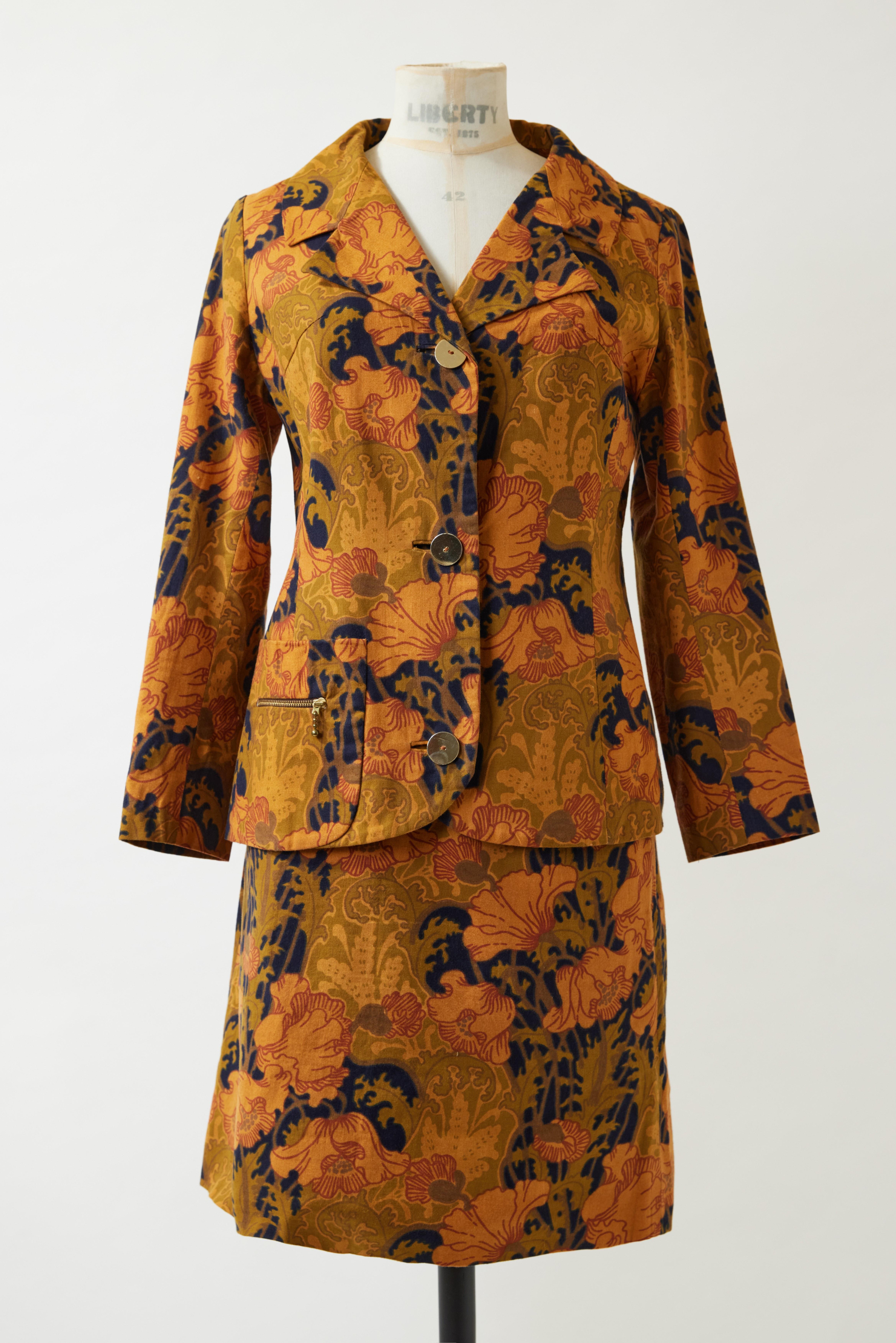

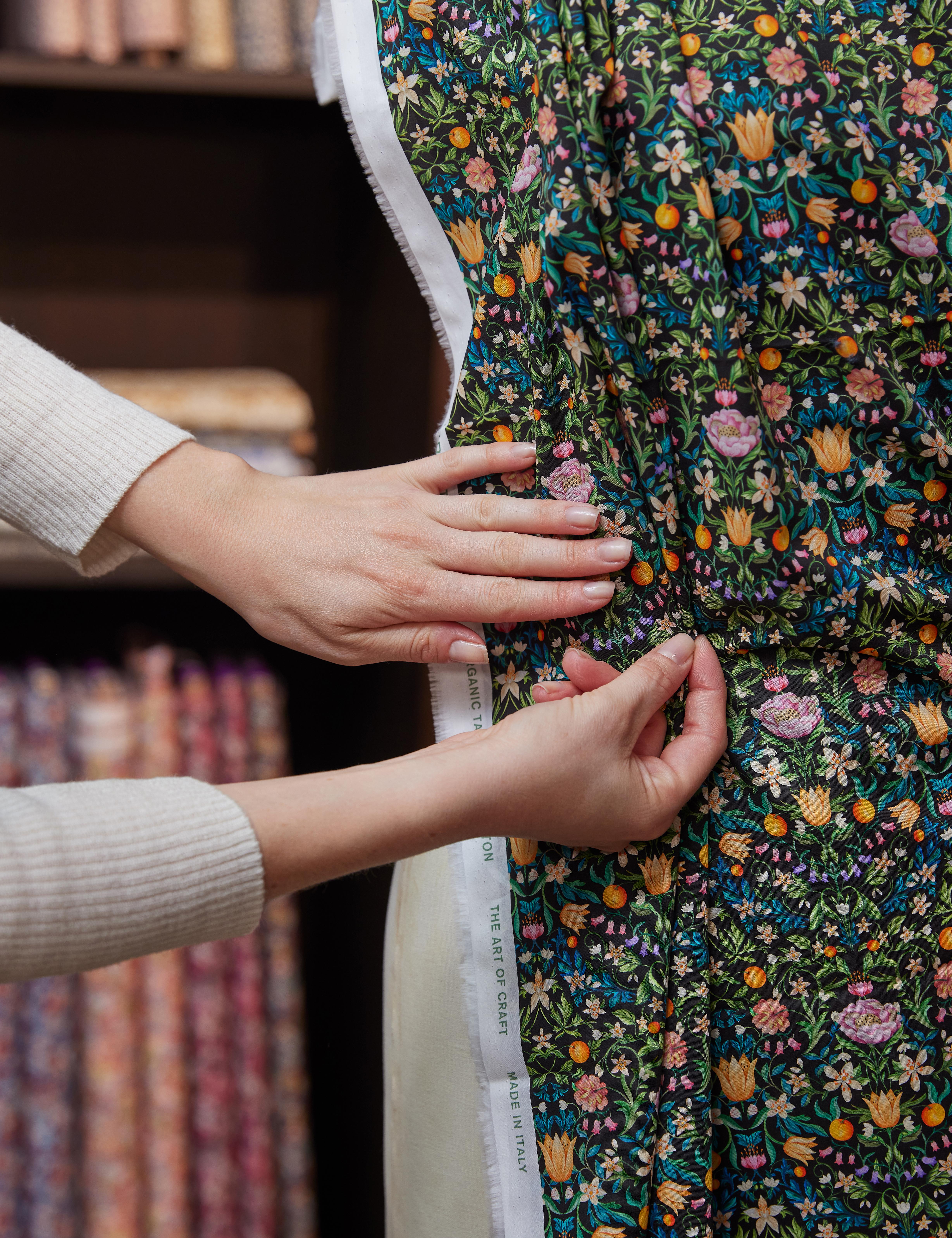
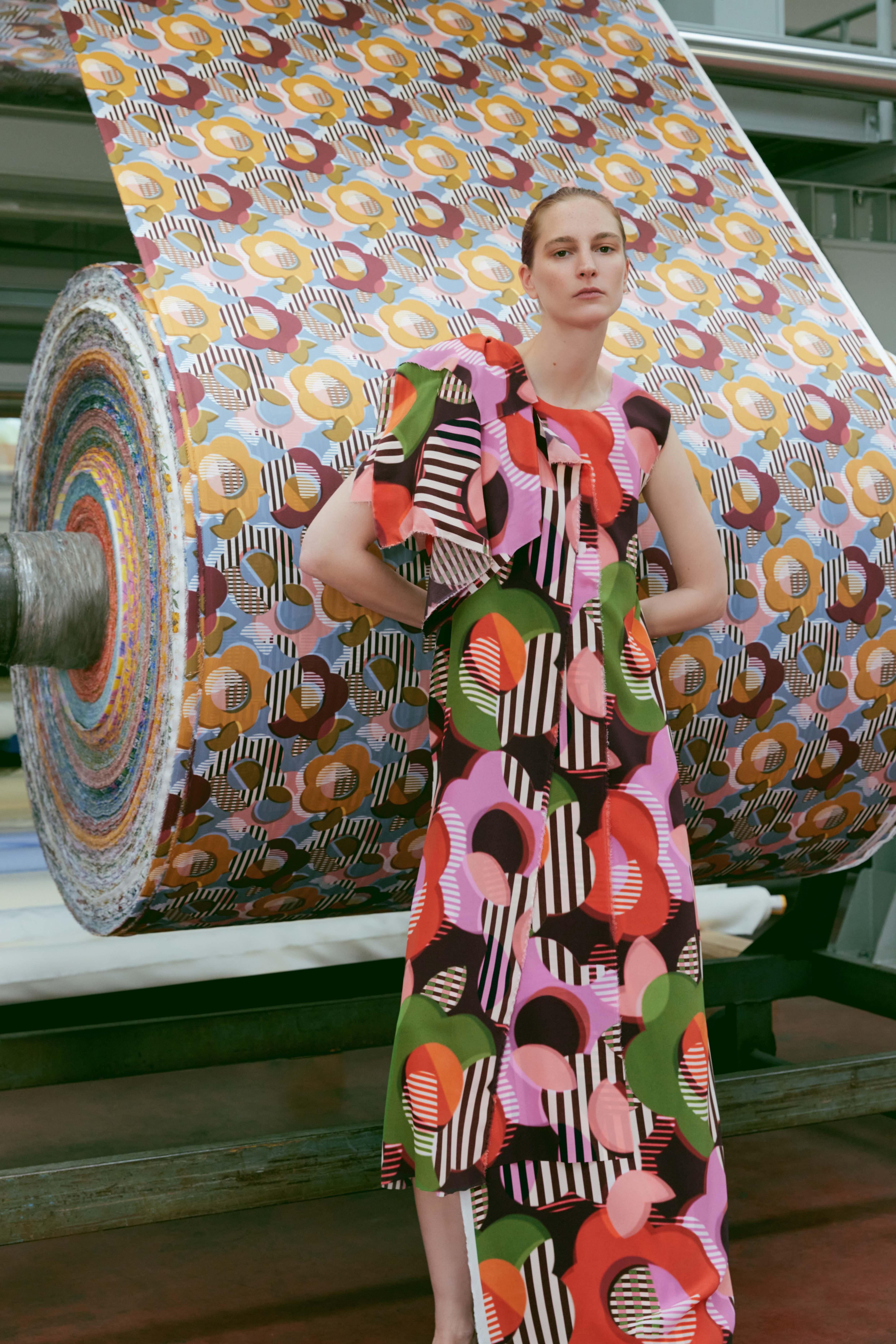
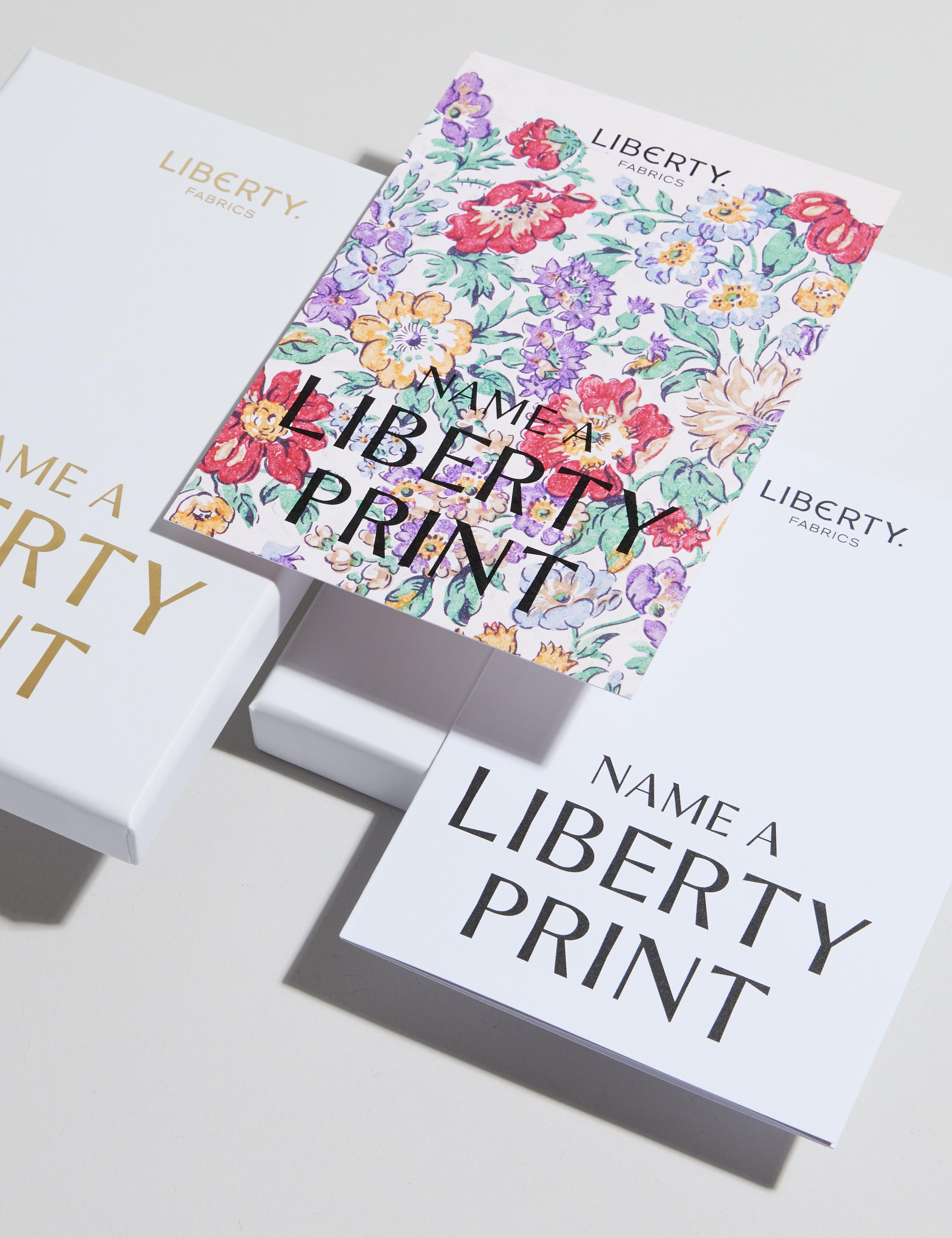
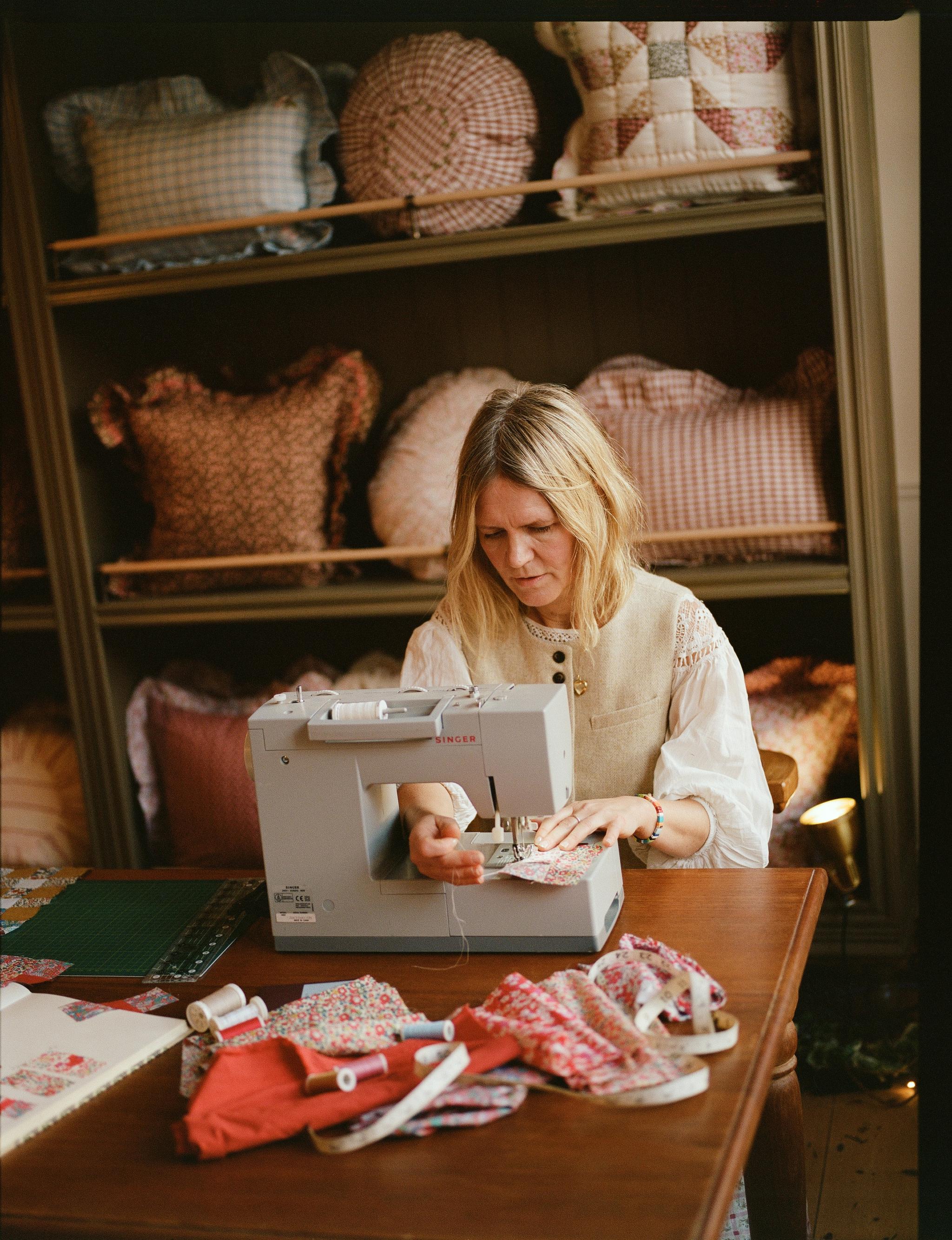
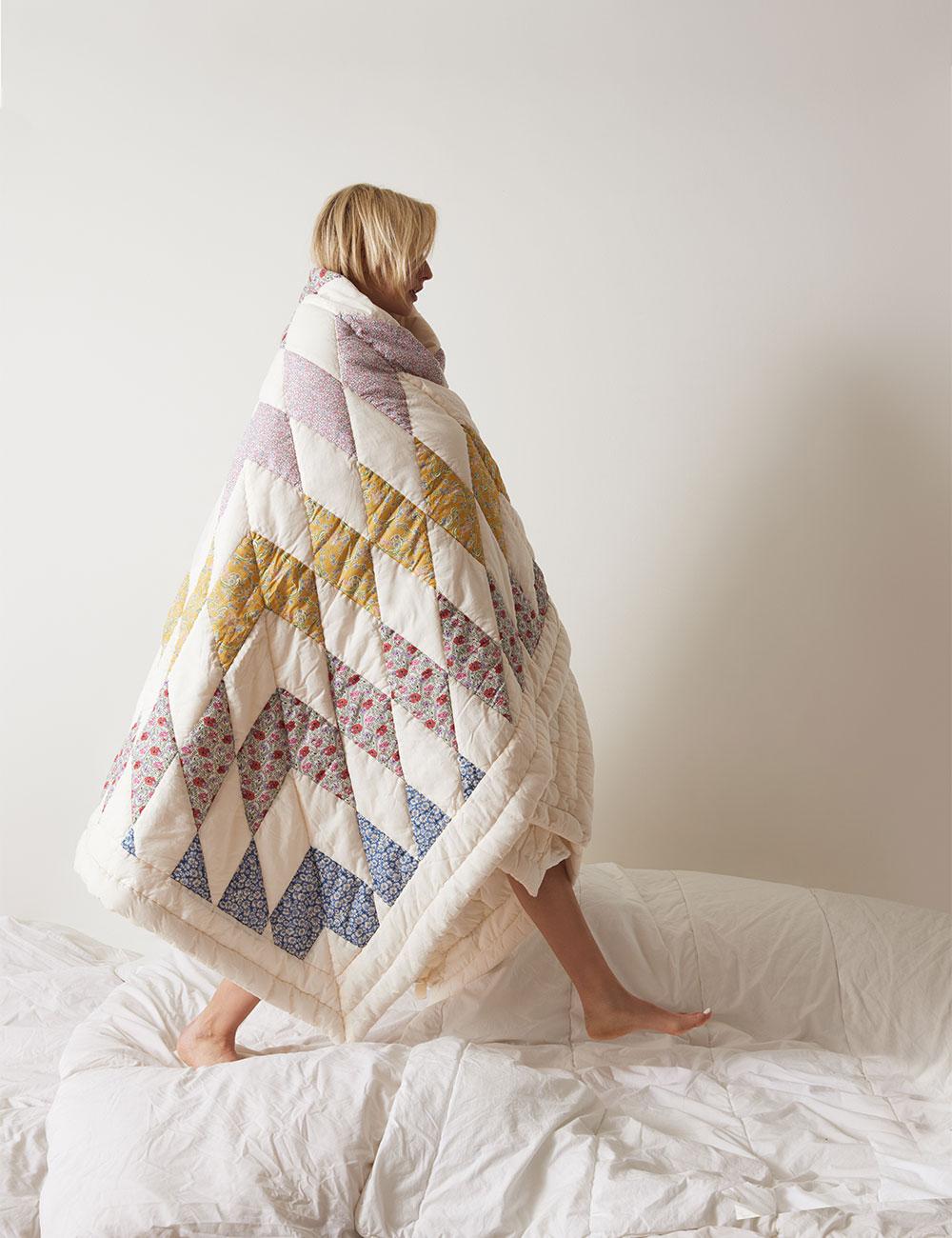
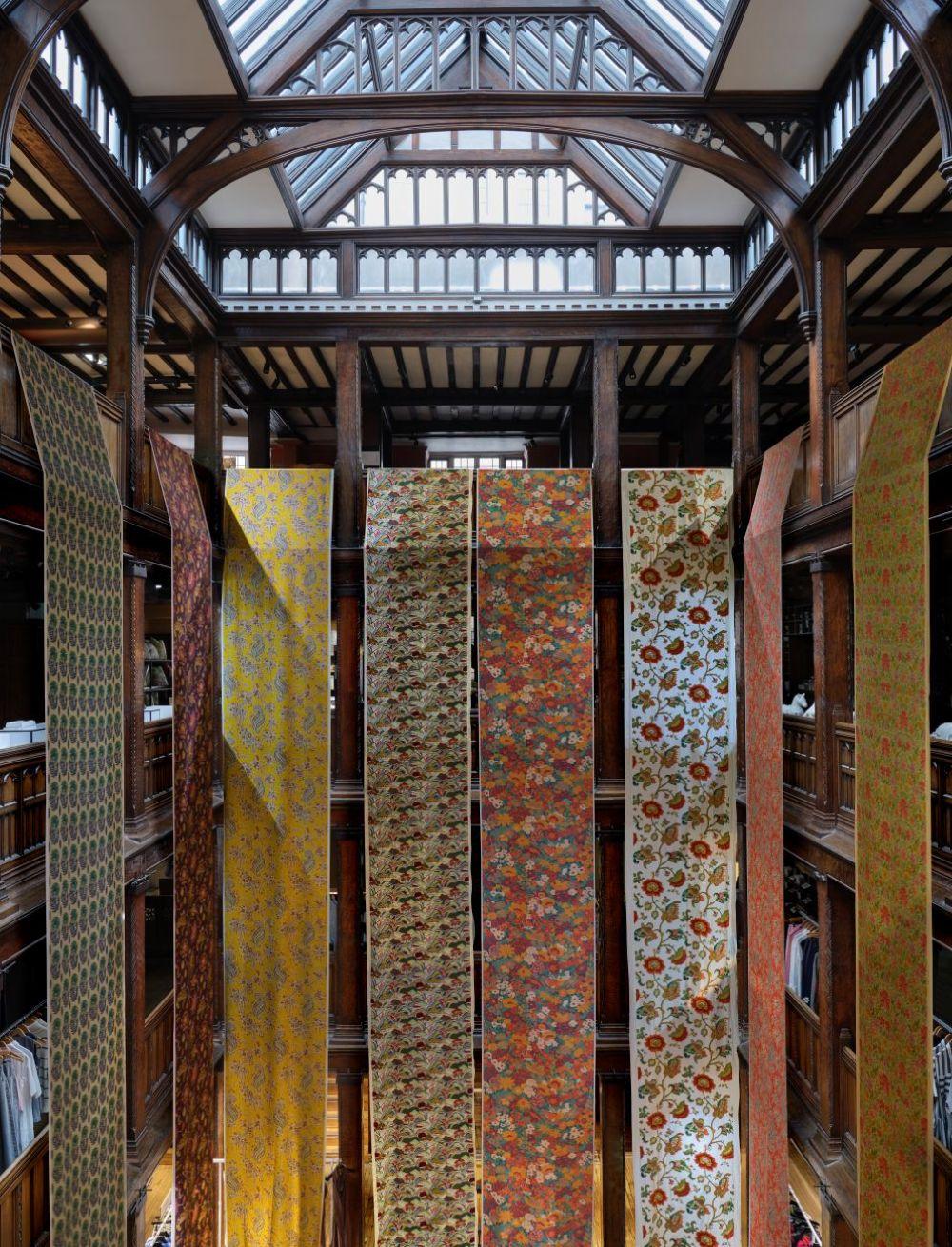


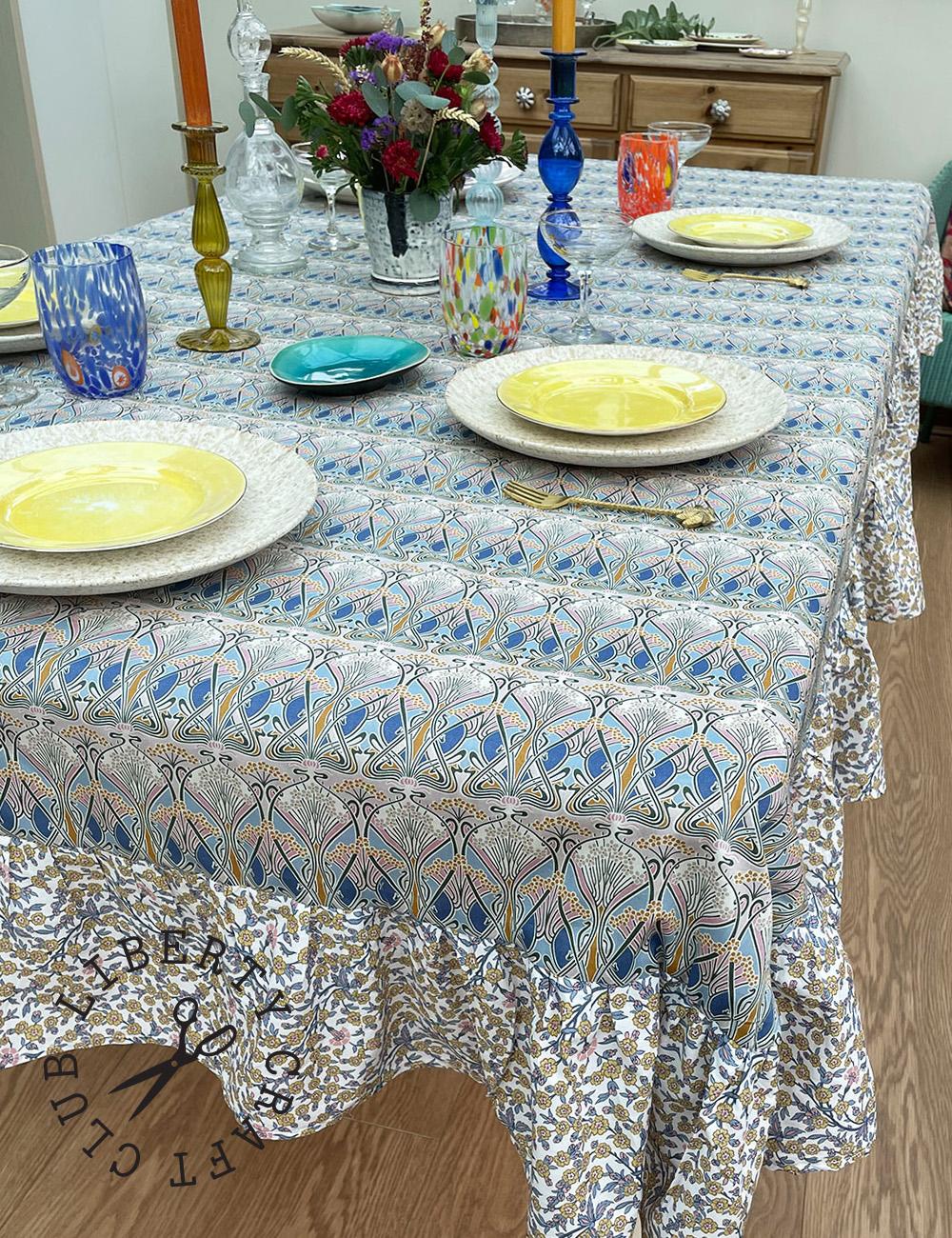
_0824_RETOUCHED?fmt=auto&qlt=default)

